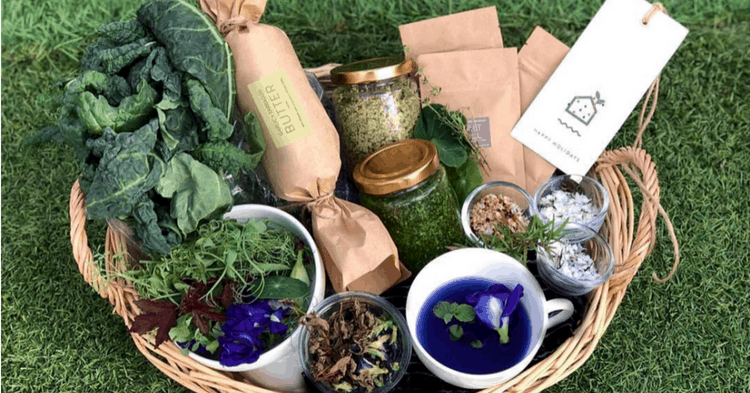Healthy eating is indeed a rising trend, but have we ever stopped to considered what goes into those salad bowls? Let us introduce you to Edible Garden City —an enterprise that promotes urban farming, sustainable agriculture and waste reduction. They grow edible flowers too!
The enterprise started with food scaping and later ventured into building gardens and growing crops in people’s homes or restaurants. Edible Garden City has also built a number of urban farms situated on rooftops or viaducts.
They also didn’t have a place to call their own until the Singapore Land Authority offered them a space situated in the heart of Queenstown, along Jalan Penjara.
Sarah Rodriguez, in charge of customer and partner relations at Edible Garden City, gives me a tour of the Citizen Farm, where I happily indulged in tasty flowers at their edible outdoor garden.
Tackling Food Security And Food Waste
In the beginning, Edible Garden City was inspired to create proper production methods to solve national issues.
“We wanted to go with production methods that were sustainable, and catered to national issues such as food security,” Sarah explains, adding that Singapore still imports 80% or more of our food, which “affects the sovereignty of our nation”.
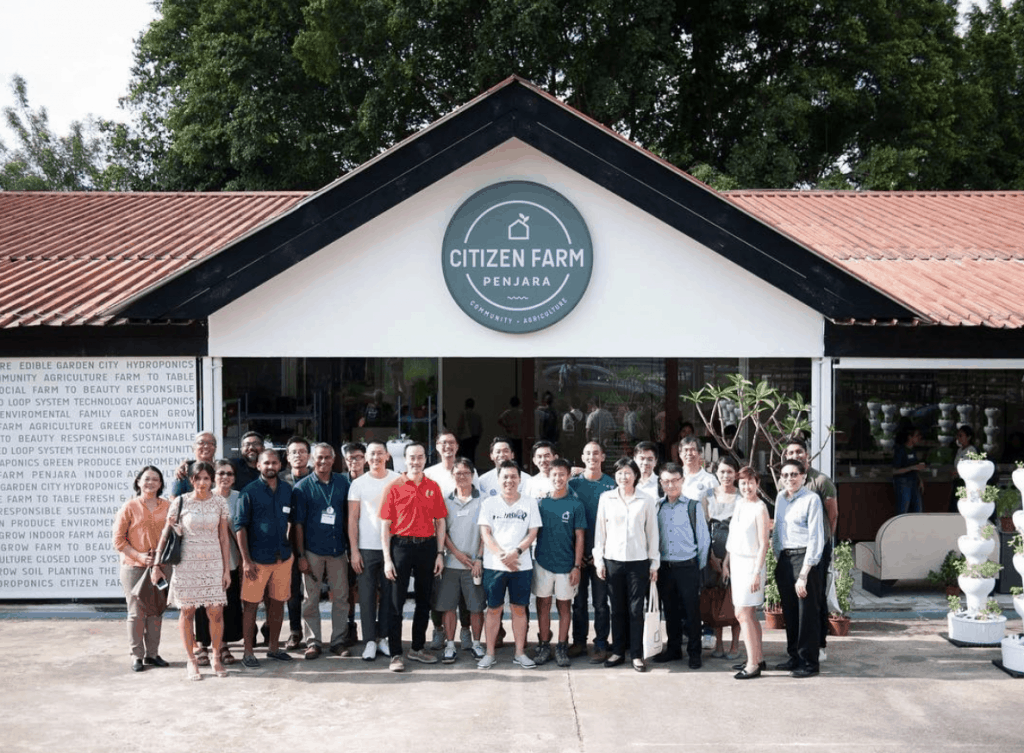
Food waste was another issue that they wanted to tackle.
“The idea of citizen farm is to have different farming systems coming into play together, so that the waste from one can be used as input for another, creating a closed loop.”
Sarah explains that Edible Garden City also works with marginalized communities, such as adults with autism, the elderly and ex-convicts by having them work part-time at the farm.
Sustainable Urban Farming
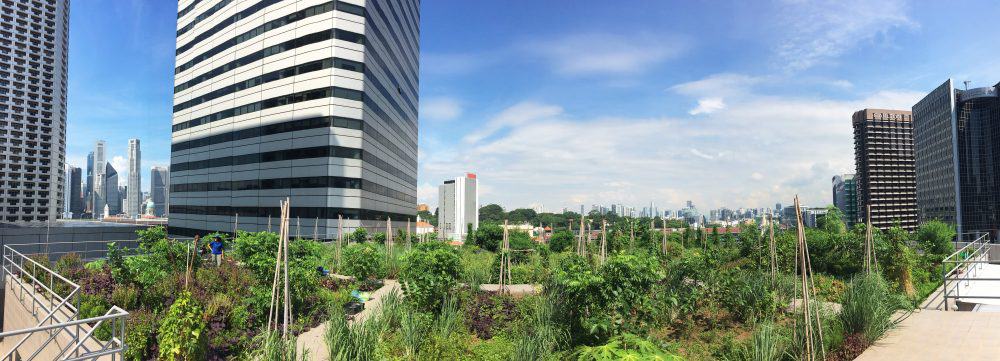
We move on to serious business and Sarah begins to explain the various farming methods to me.
She gestures towards a room illuminated by pink lights, and explains that it is the aquaponics room, where at least half the kale that goes into their subscription box is produced.
Aquaponics combines the growing of aquatic animals, such as fish, together with hydroponics, which are plants grown without soil.
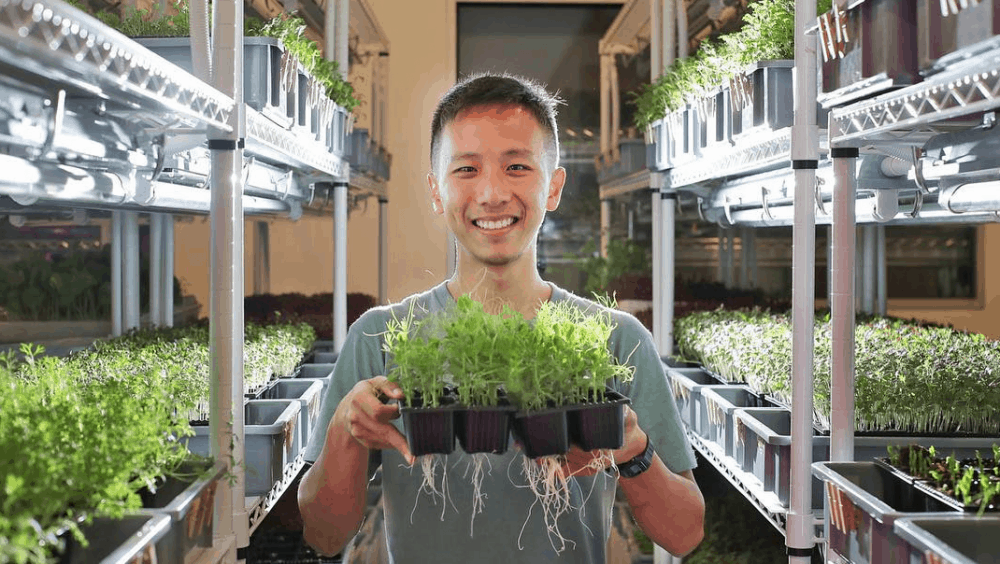
A fish tank is connected to a water filtration system which delivers water to the kale. Sarah explains that fish waste contains a high concentration of ammonia, which is unhealthy for the fish. However, after conversion via a filter, the resultant nitrate is good for the kale.
“Nitrate is essential for the development of kale — the kale will uptake nitrate, and then send back the clean water into the fish tank.”
As illustrated in their aquaponics concept, Edible Garden City hopes to keep their growing methods sustainable by using even waste materials wisely.
Tiny But Mighty
The next part of the tour is at the microgreens facility. Sarah tells me that eight autism beneficiaries help out here, and that “microgreens are the heart of citizen farm.”
She adds: “Easily three-quarters of what we supply as part of the farm to table initiative comes from the microgreens room.”
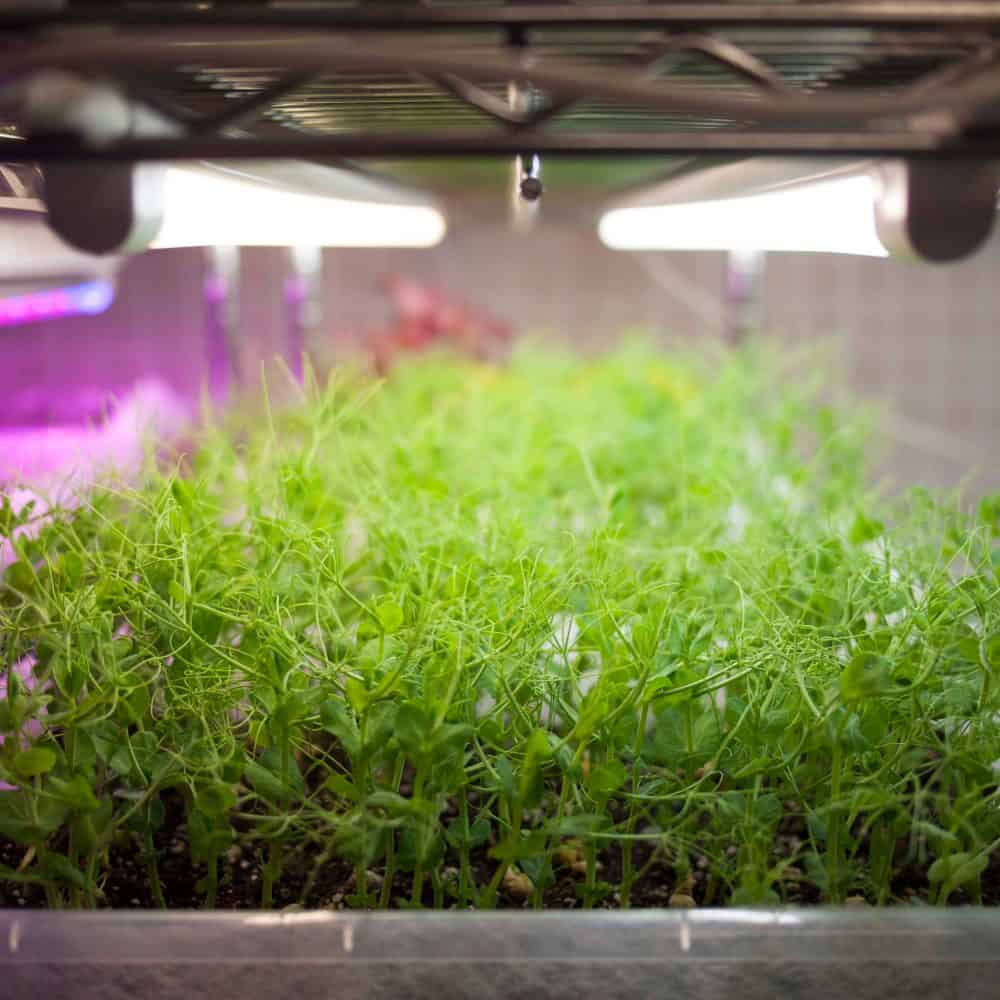
She goes on to describe the flavour profile of the microgreens, which she reveals are 40 times more nutritious than normal vegetables when compared by weight ratio.
“They are robust and rich in flavour — see the micro corianders we have here? Unlike the ones outside which might taste slightly musky, these are fully flavoured.”
“The nasturtium we grow in here is really flavourful as well. They’re sweet and slightly bitter, with a wasabi flavour.”
Microgreens are strategic urban crops to grow, as Sarah points out. As they are smaller in size and can be stacked on shelves using trays, they are more space-efficient. Additionally, crops like nasturtium which would not typically survive Singapore’s harrowingly humid weather can be grown indoors.
Farm To Beauty
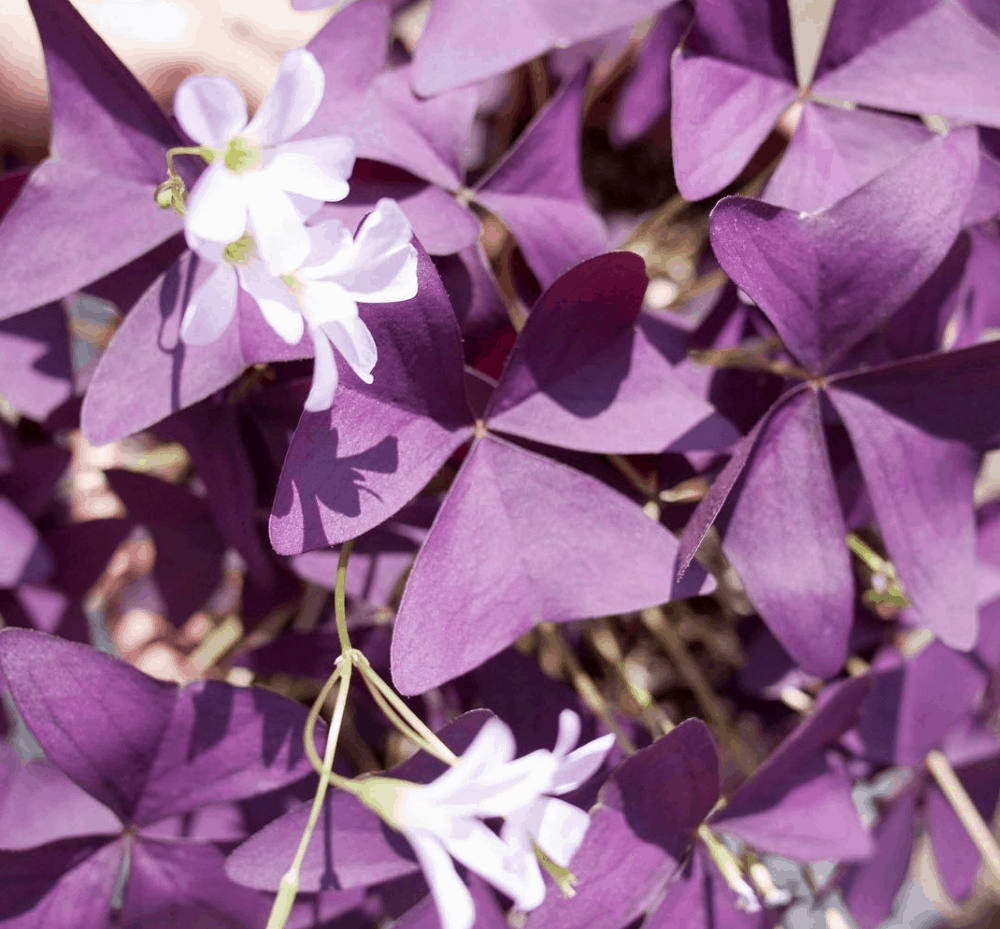
Sarah then takes me to their cozy Farm To Beauty corner. The Farm To Beauty initiative centers around growing and extracting natural ingredients to make beauty products.
Farm To Beauty is headed by just one employee, who is self taught. He was initially determined to find natural remedies for his girlfriend, who has eczema, and began doing research on the healing properties of plants.
Edible Garden City practices their closed loop system even in their beauty products. One might be surprised to find that some of the ingredients used in the lotions are actually considered waste material.
When we do pruning in the garden, he will do research on plants for medicinal values, and turn it into something,” she elaborates, citing snakeweed as one example.
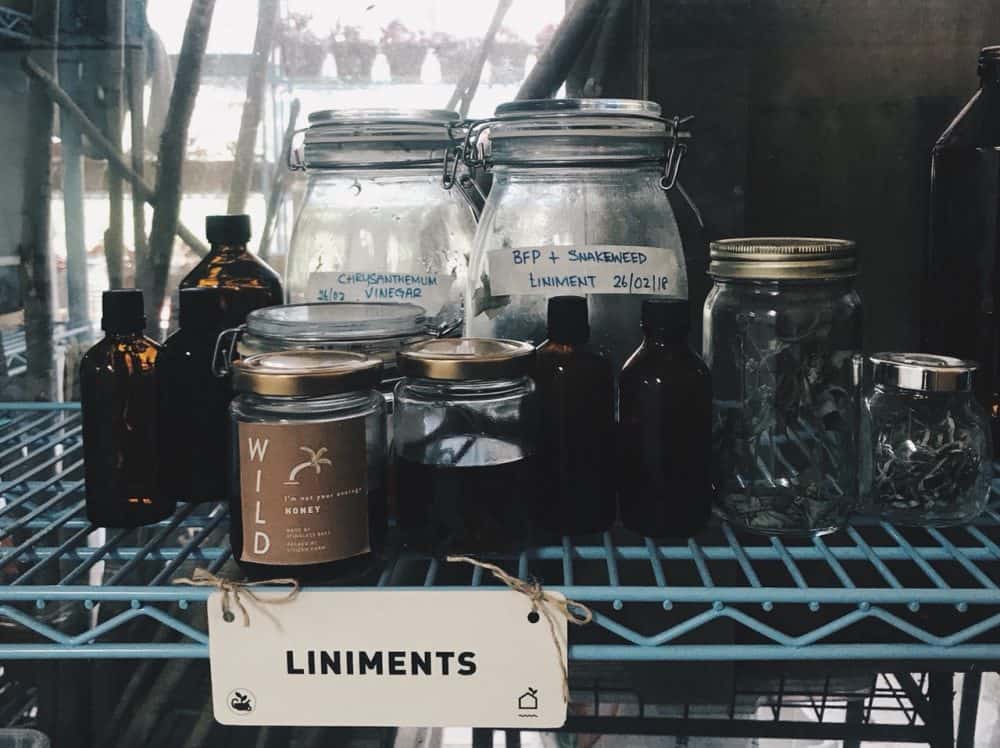
“That day, when we cut off all the snakeweed, we realised that snakeweed has soothing properties for the skin. We added, crocodile oil, olive oil , and beeswax to make some body lotion.”
Butterfly Pea leaves, which “would be thrown out otherwise”, are also used in their lotions.
Flowers In Your Salad
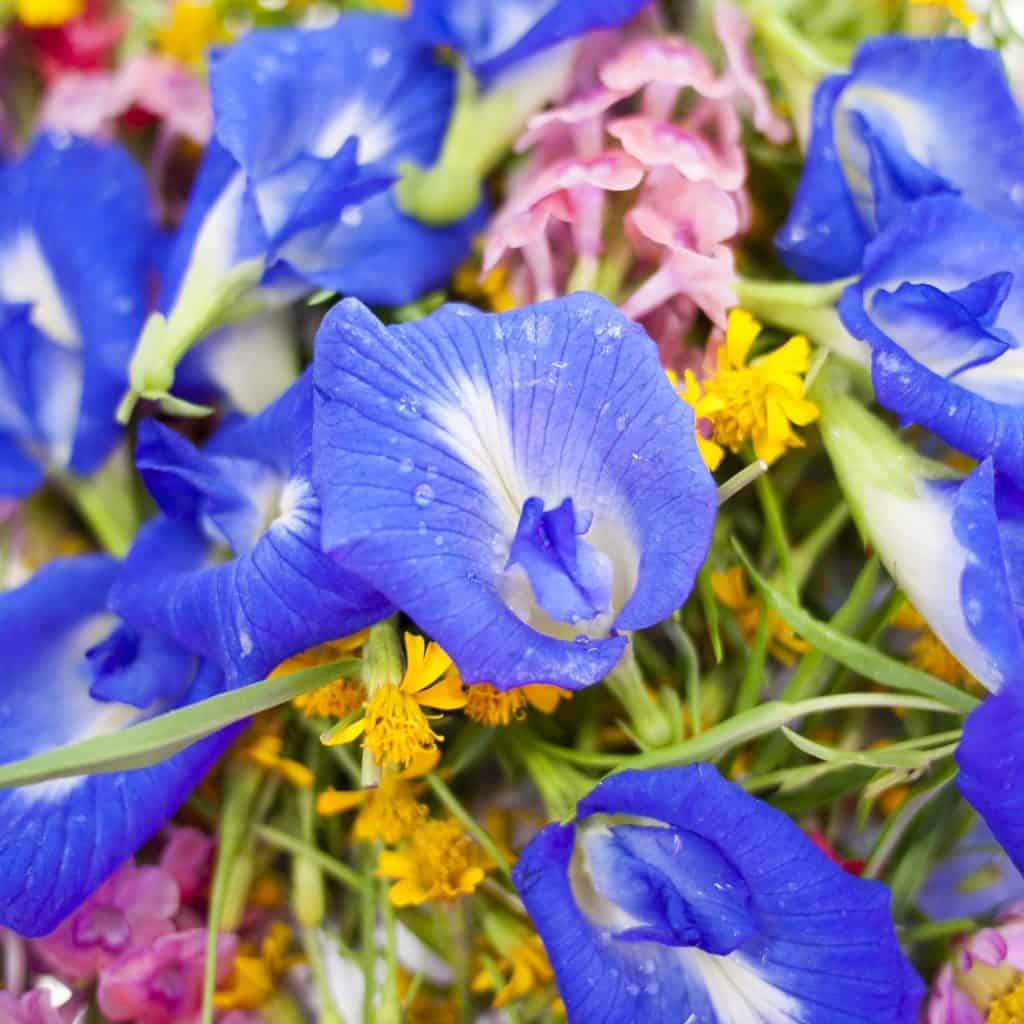
I trailed behind Sarah as we ventured out into their Edible Garden, where a vibrant array of flowers lined the path. Sarah pointed towards the lilac pea flower, and gestured for me to take one.
“Go ahead and try them!” she enthused.
The lilac pea flower is a “cousin” of the blue butterfly pea flower, which is typically used as colouring in drinks or food. It delivered a sweet taste, with a texture similar to lettuce.
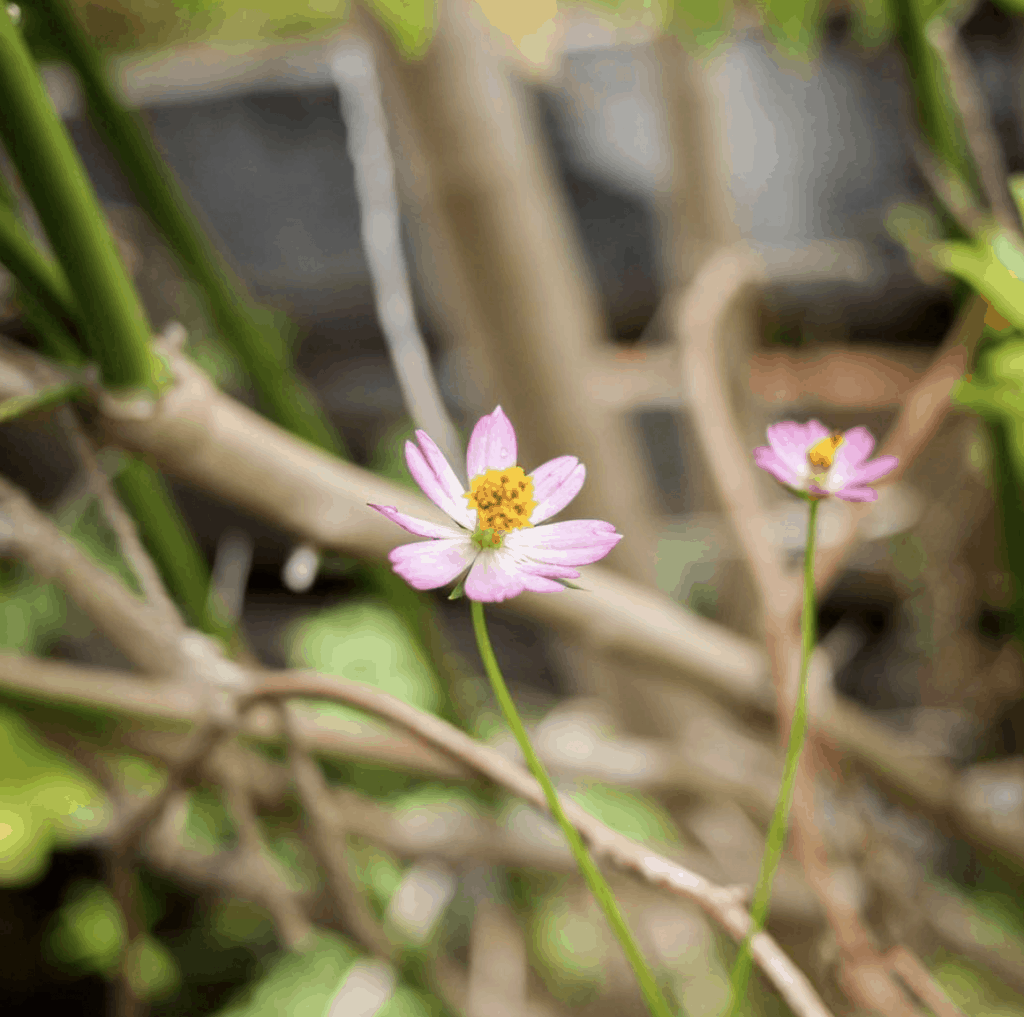
Next, I tasted the Ulam Raja flower, which Sarah termed “a lost plant”. She then fills me in about the rich cultural heritage of the Ulam Raja.
“Generations ago, Malay families used it to make nasi ulam, a herb rice dish. We are trying to encourage chefs to explore this heritage dish. It is low maintenance and easy to grow, not to mention flavourful.”
These flowers, along with others, are supplied to local restaurants. I can’t help but agree that these colourful flowers would indeed make dishes look more appetising.
Edible Garden City also chooses not to use pesticides on their crops.
Instead, a pungent smelling plant is grown, and its odour chases potential pests away. Alternatively, the farmers spray neem oil, or dissolve chilli in water.
Get Your Hands On The Citizen Box
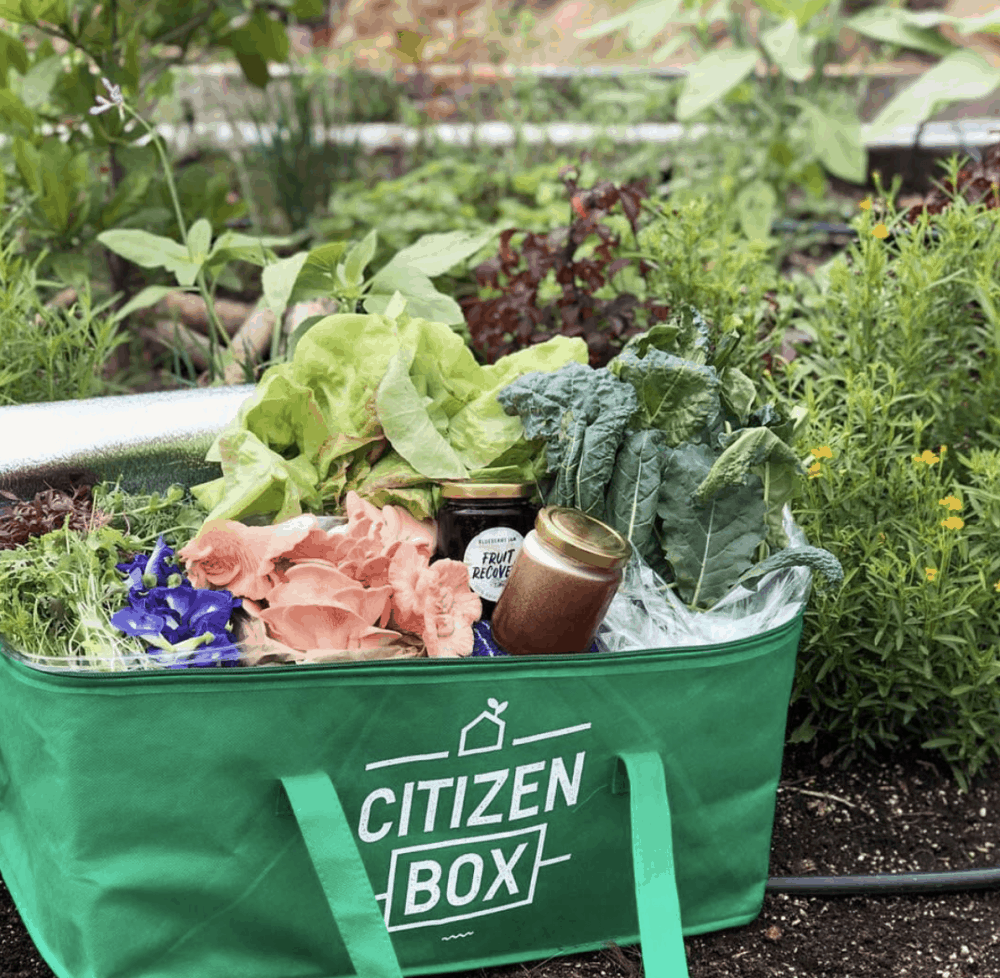
Edible Garden City also offers its greens for non-commercial purchase on a subscription basis. Subscribers can expect fresh farm produce, including different varieties of kale and lettuce, micro coriander, micro basil, butterfly pea flowers and more.
The local enterprise also actively seeks out other farms for collaborations, to ensure variety in their veggie boxes. “Having the same vegetables for 12 weeks can get boring. Sometimes, we get leek from a friend who runs a farm in Cameron Highlands.”
As the tour draws to an end, I ask Sarah what it means to be an urban farmer.
“As long as your environment is urban and you grow something, you can be an urban farmer. It’s to got a lot to do with the ethos of the process — you’ve got to believe in growing your own food, you take pride in the food you are growing.







